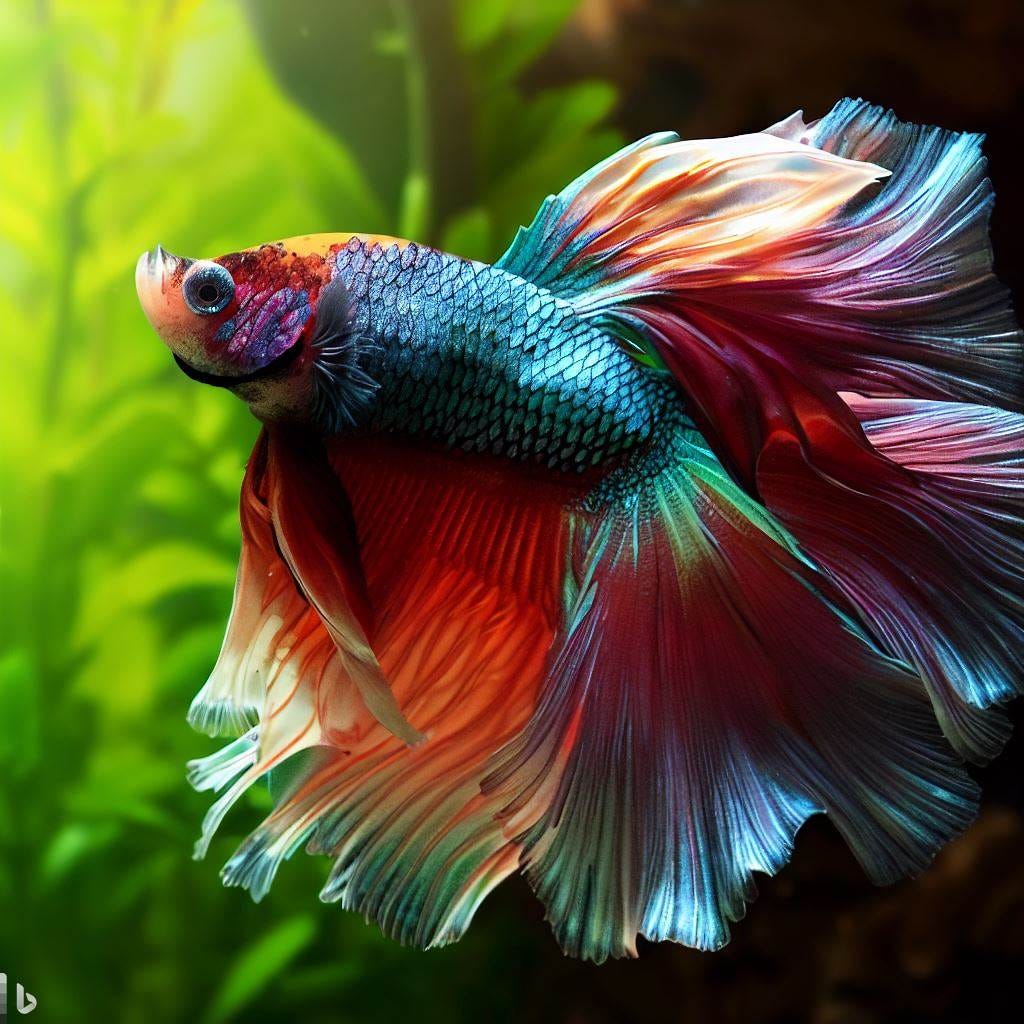Betta Fish Tank Configuration: A Step-by-Step Guide for Beginners
Betta Fish Tank Configuration: A Step-by-Step Guide for Beginners
Blog Article
How to Reproduce Betta Fish Effectively: Expert Techniques and Insights for Hobbyists Looking to Increase Their Betta Collection
Reproducing Betta fish requires a nuanced understanding of genes and environmental conditions, making it essential for enthusiasts to approach the procedure with both diligence and treatment. Producing an optimal reproduction environment, picking the best sets, and observing the intricacies of their courtship actions are foundational actions that can considerably influence the result. The succeeding care of the fry is important for ensuring their healthy growth. As we check out these crucial components, it comes to be clear that successful breeding is not nearly the first pairing but includes a broader method that benefits cautious factor to consider.
Understanding Betta Fish Genes
Understanding the genetics of Betta fish is important for effective reproduction, as it influences traits such as color, fin form, and actions. Betta fish display a diverse range of colors and patterns, largely identified by their genetic make-up.
Along with pigmentation, fin morphology is one more significant facet of Betta genes (betta fish). The sizes and shape of fins are affected by different genes, consisting of those that determine whether the fins are brief, long, or veil-shaped. Understanding these hereditary variants helps dog breeders forecast the phenotypic results of their offspring
In addition, behavior characteristics such as aggression and territoriality can also be influenced by genes. These behaviors play an essential function in the breeding procedure, as they can affect generating success and the general temperament of the resulting fry. By adequately comprehending these genetic principles, dog breeders can make educated decisions, inevitably improving their reproduction programs and accomplishing desirable outcomes.
Preparing the Breeding Environment
Creating an optimal reproduction environment is crucial for the effective reproduction of Betta fish. The very first action in preparing this setting is to select a proper breeding tank, ideally ranging from 5 to 10 gallons.
Next, take into consideration making use of a sponge filter or an air rock to give gentle water circulation without creating strong currents that can emphasize the fish. It is vital to install plants or breeding cones to supply concealing spots and advertise convenience for the woman during the spawning procedure. Floating plants, such as Java moss or water sprite, can likewise develop an extra natural surroundings while assisting in bubble nest structure by the man.
Prior to presenting the reproducing sets, guarantee the water is conditioned and devoid of unsafe chemicals, such as chlorine or hefty metals. betta fish. Normal water modifications ought to be conducted to keep ideal water quality, boosting the possibilities of successful reproduction. With these prep work in place, the reproducing setting will certainly support the health and wellness and health of both Betta fish
Picking Reproduction Pairs
Selecting the appropriate reproduction pairs is critical for accomplishing successful Betta fish recreation. Healthy Betta fish exhibit lively colors, clear eyes, and energetic habits.
Temperament is one more crucial factor to consider, as Betta fish are recognized for their hostile nature. It is suggested to choose a man and woman that show compatible personalities to minimize stress and anxiety during the breeding procedure. A calm man can encourage a smoother courtship, while a woman that is as well aggressive may disrupt the process.
Hereditary history likewise plays a substantial function in the quality of the children. Reproducing fish that are genetically diverse can minimize the threat of hereditary wellness issues and improve the total vigor of the fry. It is beneficial to investigate the family tree of both the male and woman, concentrating on desirable characteristics such as fin kind, color scheme, and size.
The Breeding Process
The breeding procedure of Betta fish calls for careful planning and interest to information to guarantee an effective end result. Initially, it is important to prepare an ideal reproduction tank, preferably a 5-10 gallon aquarium with a temperature level preserved at 78-80 ° F. The tank ought to be geared up with a heater, filter (ideally sponge kind to avoid strong currents), and a lot of aquatic plants for the female to hide.
Once the atmosphere is set, present the selected breeding pair directory to the storage tank, permitting them to adjust. Observe their behavior; the male will display fancy courtship rituals, including flaring his fins and building a bubble nest. If the lady reveals passion, she will certainly show vertical red stripes showing preparedness for spawning.
When the lady is responsive, both will involve in a mating accept, throughout which the male fertilizes the eggs. It is vital to check their communications closely, as the male may come to be hostile. this page After generating, get rid of the woman to avoid possible damage. The male will certainly often tend to the eggs, which commonly hatch out within 24-36 hours. Preserving ideal water problems throughout this period is vital for the development of healthy and balanced Betta fry.
Taking Care Of Betta Fry
:strip_icc()/siamese-fighting-fish-bettas-1378308-hero-f459084da1414308accde7e21001906c.jpg)
Feeding Betta fry is important, as they call for a diet high in protein. They can be fed infusoria or fluid fry food, transitioning to finely smashed high-quality pellets as they expand. Feed tiny sections multiple times a day to motivate healthy and balanced growth without overwhelming the storage tank with uneaten food.

As they grow, monitor their development carefully and divide any type of hostile individuals to prevent damage. By providing a supporting setting and appropriate nourishment, hobbyists can efficiently increase Betta fry right into dynamic, healthy and balanced fish, ultimately improving their reproduction ventures.
Verdict
Effective Betta fish reproduction requires precise interest to hereditary selection, environmental problems, and care for the fry. By understanding the genetics of Betta fish and preparing a proper reproduction setting, enthusiasts can boost the chances of producing dynamic, healthy children.
Report this page